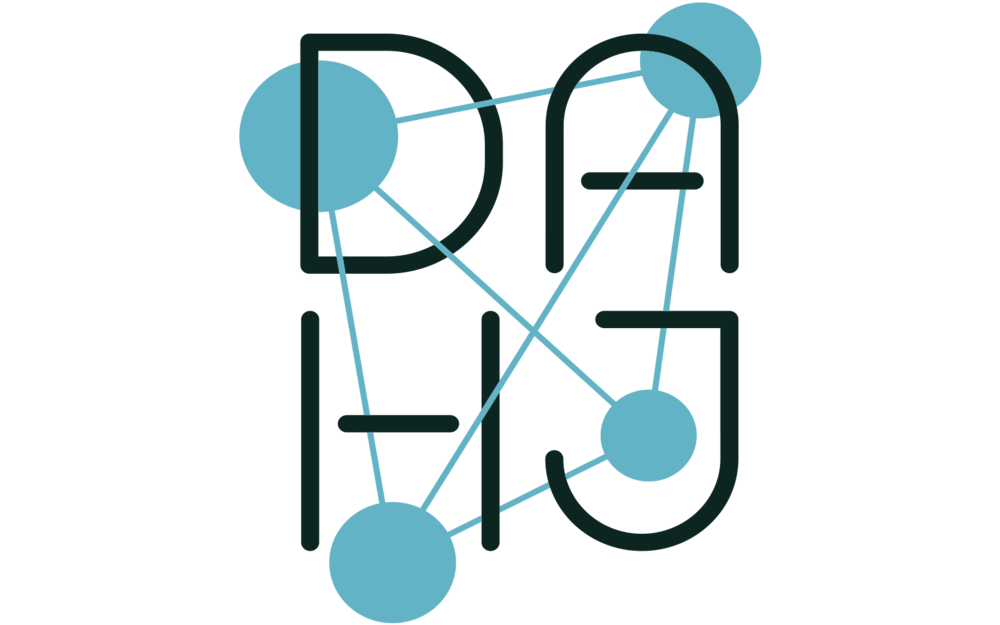DAHJ looks different! The redesign was part of the project, Publishing Digital Art History, funded by the Samuel H. Kress Foundation.
Since the publication of the first issue, the DAHJ editorial board has been envisioning an online format that would better meet the needs of digital art historians. Early on, we realized that continual updates to the site would be more productive than periodic releases of entire journal issues. For this reason, we are now releasing articles on a rolling basis. Additionally, we have developed a News section that will allow DAHJ readers to post content that they want to share with the rest of the community.
It became clear that the journal needed an interface that was heavily visual, much like our discipline: both the design and content of the DAHJ reboot needed to address the diversity of visual outputs that digital art history produces. We recruited an amazing design team: Greg Niemeyer, Associate Professor of Design Information at the University of California, Berkeley; Roger Antonsen, Associate Professor of Computer Science at the University of Oslo; and Olivia Ting, an artist and programmer.
We began by brainstorming the new DAHJ logo. Early on, the design team suggested playing with the presentation of the acronym in order to foreground the disparate cultural domains that the journal brings together. The new logo visualizes these sentiments, situating the journal’s title within a network whose nodes echo the curves of the surrounding font. We arranged the edges to create a push-pull effect that gives the text a sense of three-dimensionality, and used JavaScript to animate each edge; ‘packets’ of information flow between each letter, weaving together the virtual fabric of the journal.
Iterations of the DAHJ logo. Image courtesy Greg Niemeyer
Greg Niemeyer and Roger Antonsen developed a new mapping interface for navigating all of the content that DAHJ publishes. Traditional publishing requires highly hierarchical, tried-and-true standards for organizing data: the table of contents, the index, and the bibliography. But data visualization allows us to organize information in novel ways, and we wanted to utilize the journal’s archive in such a way that users could find connections between articles that they had not foreseen. We compiled a database of subject matter for every article published in the journal, and visualized these topics in a network that connects articles according to shared subject matter. Clicking on an article allows the user to display all the relevant metadata (author, title, date, etc.), and also presents the option to view the article in its entirety. Most importantly, the map displays articles that may be of interest to the user based on their current selection. Moreover, it allows for a ‘distant reading’ of the entire journal at a glance; one can see the most popular subject matter, common linkages, as well as new and emerging topics.
Digital Art History is centrally concerned with the theoretical and phenomenological challenges presented by contemporary digital art, and in our fourth issue we invited Marc Gumpinger to provide the artwork that accompanies Johanna Drucker’s article The Museum Opens. We want to continue to showcase artistic media that is relevant to the DAHJ community, and have built this capacity into the new website in the Gallery section, where we will curate selections of art and data visualization. To begin, we have chosen the The Network Paradox by Greg Niemeyer and Roger Antonsen, an 18-foot scroll that visualizes the historical emergence of the internet.
We are proud of these new features and look forward to seeing them utilized by the DAHJ community.
Special thanks to Max Marmor, The Kress Foundation, Greg Niemeyer, Roger Antonsen, and Olivia Ting.
We are happy to hear from you what you think!
Liska, Harald, Justin


